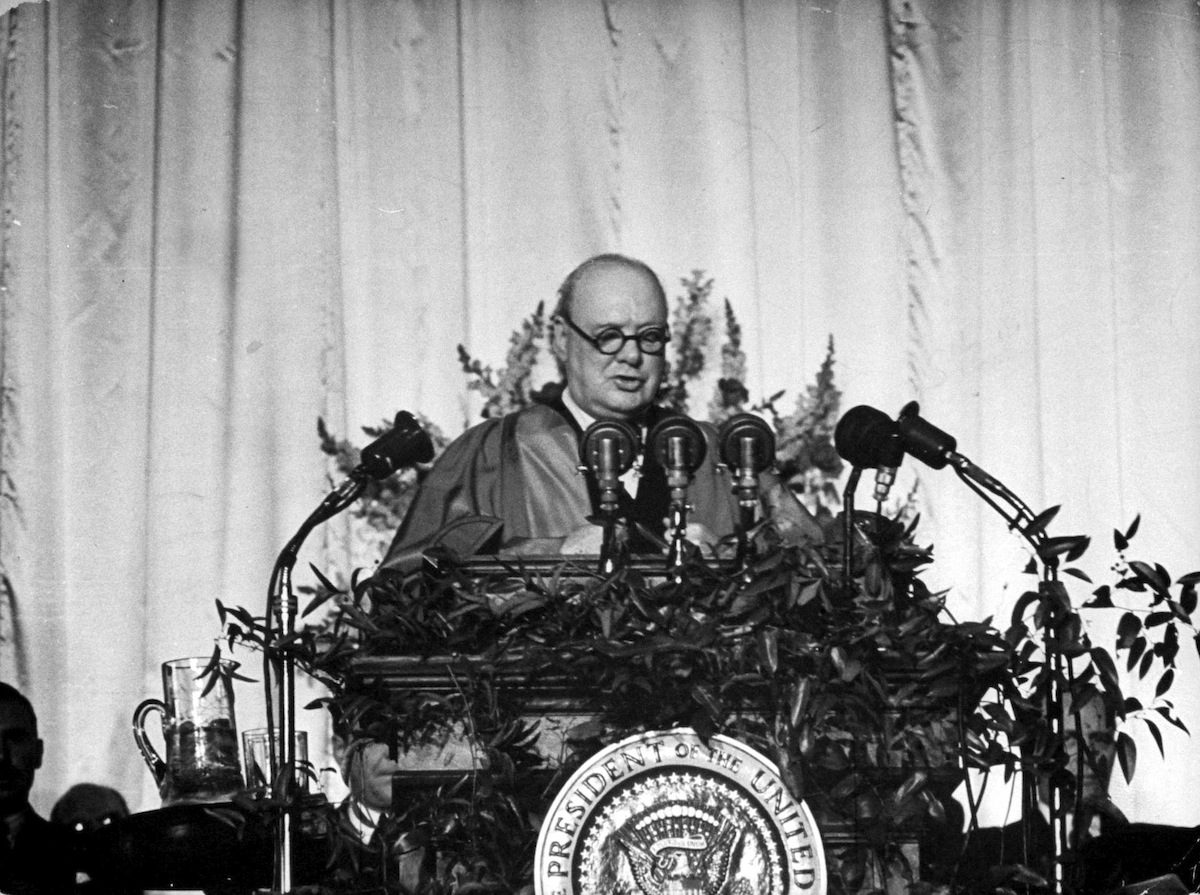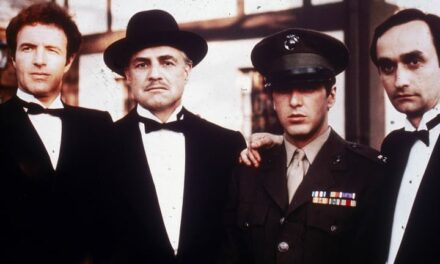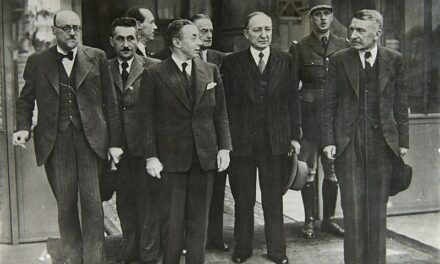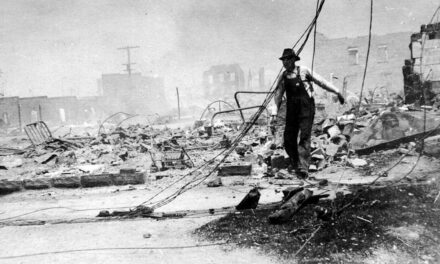Estimated reading time: 6 minutes
By Michael Vecchio
Many years of fighting and an estimated 85 million people dead; the numbers of the Second World War paint a devastating portrait of destruction and violence. In the aftermath of the ultimate conflict, rebuilding and attempting to unite Europe once more, would be the greatest challenge for the remainder of the 20th century. But one force stood in the way: a bitter Soviet Union out to avenge itself after Nazi betrayal.
War had just ended, and further bloodshed was certainly not an appealing alternative, and yet another war was about to begin; although direct fighting would be avoided (for the most part), a new kind of ideological warfare emerged, continuing to subjugate millions of Europeans.
It was the beginning of the Cold War. In a period of roughly 45 years, the world watched as the communist Soviet Empire faced off against the capitalist West (mainly the United States and its NATO allies) to determine who had the “superior” political and economic system. This division of Europe was no accident, however.
Despite coming out on the winning side, Joseph Stalin and the USSR had been humiliated for trusting Hitler, and paid a heavy price, losing 16 million or more of its people, or roughly 15% of its population!
When post war reconstruction was at hand, Stalin had little interest in joining efforts for a new and free Europe; here was the opportunity to expand the communist sphere of influence and definitively establish the Soviet Union as a superpower. In addition to the satellite states that already comprised the USSR, certain Eastern European countries under former Nazi occupation were the perfect place for Soviet ideological expansion.
These included Poland, Czechoslovakia, Hungary, the Baltic nations, and of course the eastern half of Germany. At the conferences of Yalta (February 1945) and Potsdam (July-August 1945) to discuss the post war peace and reconstruction process, Stalin’s demands for compensation strained relations with the Western Allies. Worried about Soviet domination, while desperately trying to avert another armed conflict, uneasy compromises were granted in the hopes of stopping any further aggression.

The Allies agreed that East Germany (including the divided city of Berlin), Finland, Romania, the Balkans, and other countries previously mentioned, would form the Soviet sphere of influence, with Stalin’s promise that they would retain their national self-determination. In essence, the Nazi villainy had been defeated, but now an emboldened USSR threatened lasting peace with its empirical ambitions. Half of Europe could begin to heal and rebuild, while the other half continued to remain under foreign influence and dictatorship.
Thus, was formed the “Iron Curtain”. So named by former British Prime Minister Winston Churchill at a speech at Westminster College, in Fulton, Missouri, on March 5, 1946, the beloved “Bulldog” aimed to create a united front with American allies against what was quickly becoming an existential threat. Now serving as leader of the opposition Churchill’s proclamation of a descending tyranny “across the continent” was however not the first time the iron curtain terminology had been used.
As a term to denote tyranny and conquest, it can be traced as far back as the 5th century BC where in the Babylonian Talmud, a reference is made to an “iron curtain that cannot separate the Israeli people from the Heavenly Father.” It appeared throughout the 17th, 18th, and 19th centuries in various contexts including the French Revolution.
At the outset of the First World War in 1914, the Belgian monarch Elizabeth pronounced that an “Iron Curtain” had arisen between Belgium and Germany; in 1920 British author Ethel Snowden used the term in her book “Through Bolshevik Russia”, referring to the Russian border in the aftermath of the 1917 Revolution.
But regardless of how many times it appeared throughout history, Churchill’s use of it quickly became the most famous example of the phrase, perfectly encapsulating the ongoing political situation.
“From Stettin in the Baltic to Trieste in the Adriatic, an iron curtain has descended across the Continent. Behind that line lie all the capitals of the ancient states of Central and Eastern Europe. Warsaw, Berlin, Prague, Vienna, Budapest, Belgrade, Bucharest, and Sofia; all these famous cities and the populations around them lie in what I must call the Soviet sphere, and all are subject, in one form or another, not only to Soviet influence but to a very high and in some cases increasing measure of control from Moscow. “
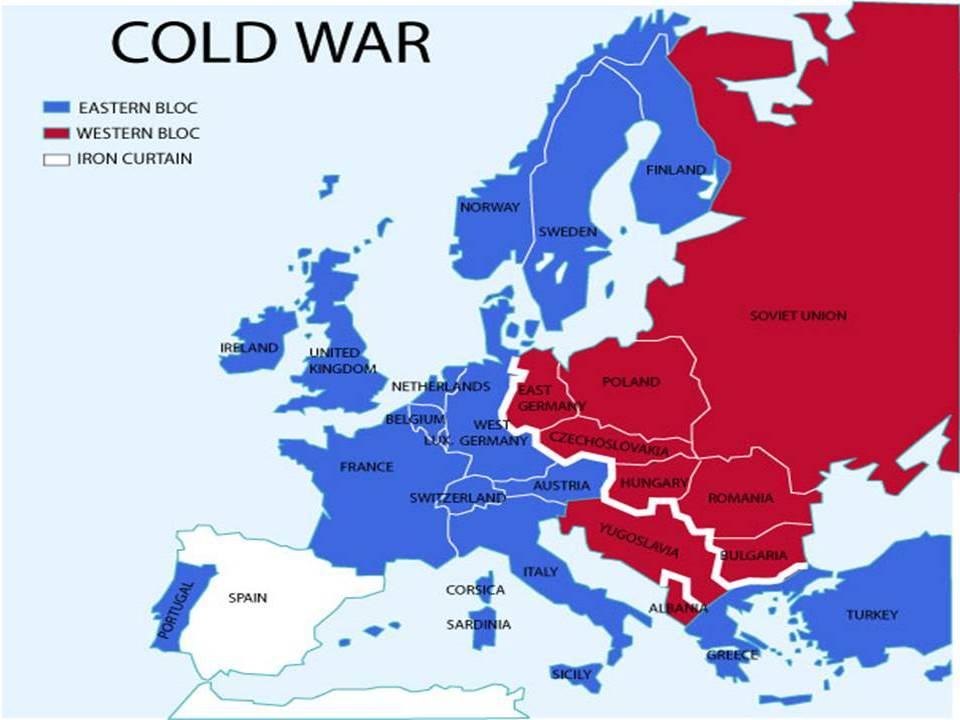
Celebrated for his oratorical powers and his ability to rouse and move his audience, Churchill never wasted an opportunity at the podium to deliver profound messaging. From “We Shall Fight on the Beaches” to “This Was Their Finest Hour”, his peroration may have been indulgent, but never fell flat.
Officially titled the “Sinews of Peace Address”, Churchill’s hour-long Iron Curtain speech (which also praised the US-UK relationship, the need for increased international co-operation, and denounced the type of appeasement that led to World War II) was immediately labelled as “war mongering” by Stalin in the propaganda newspaper Pravda. Soviet propagandist Andrei Zhdanov used the term against the West, in his own speech in August 1946; ironically, Stalin would die exactly 7 years to the day of Churchill’s address, on March 5, 1953. Nonetheless the former PM’s words and their warm reception in the West alerted watchers around the world to the start of a new and prolonged conflict, no longer on the horizon.
The Cold War intensified, with the two distinct block of countries forming. NATO was created in 1949 and the Warsaw Pact in 1955. Then in 1961 the Berlin Wall was erected and the “iron curtain” phrase gained increased popularity; not only did it represent a physical division, but it also defined the strong-arm tactics of the Soviet regime, keeping people within its borders and information out.
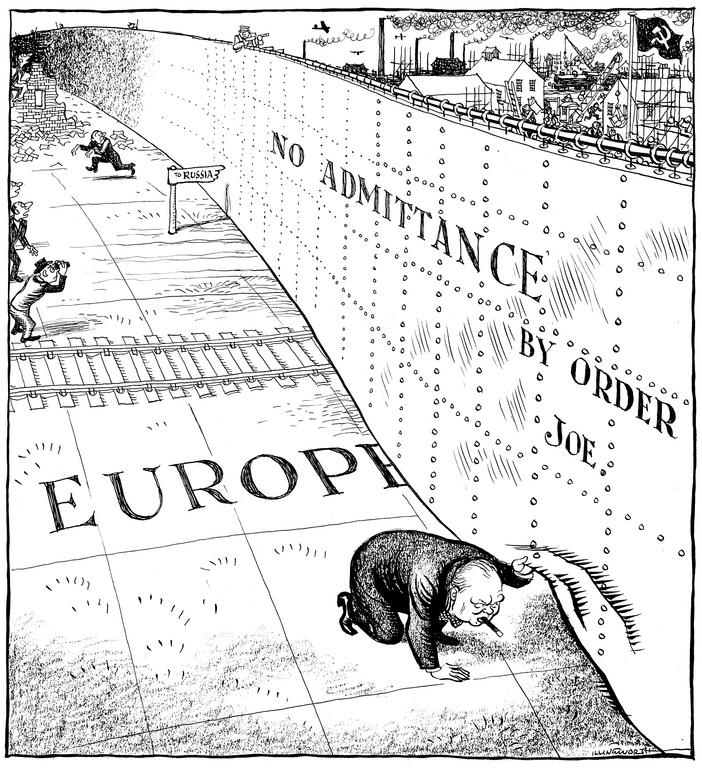
Though Churchill would not live to see the end of the Cold War and the eventual collapse of the USSR in 1991, the “Iron Curtain” moniker endured not only for the following 45 years, but ever since. 75 years after Churchill’s words emerged, the reference to an iron curtain remains a powerful statement on the effect of political oppression. Today despite its complete association with the Cold War and the struggle to liberate Europe, its metaphorical force can extend to any situation where democracy is threatened, as signs of a “New Cold War” emerge against Vladimir Putin’s Russia.
Through each phase of the Cold War, and its related proxy wars, the image of an iron curtain signifying dictatorship and control captivated the public’s imagination; looking back at Winston Churchill’s declaration it is clear that words more than ever can have a profound effect, motivating actors on every side of the political spectrum.
Articles you may also like
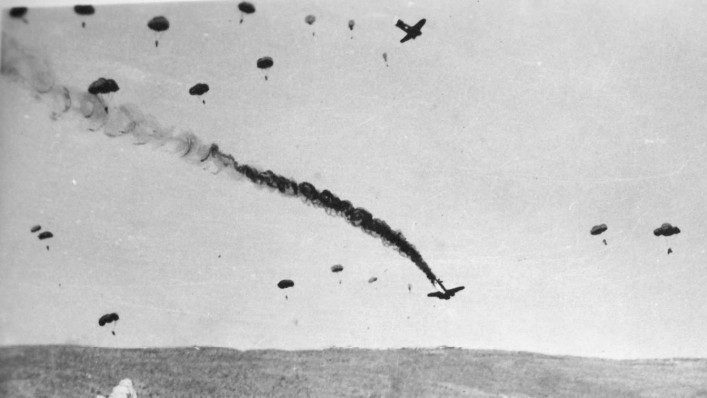
Battle of 42nd Street – Anzacs Proving Germany Could be Beaten
Morale can make all the difference on the battlefield. On the 27th May 1941, with the Greek island of Crete close to loss and the Allies in full retreat, a 12 minute moment of madness by Australian and New Zealand troops proved that aggression and bravery could overcome Germany’s elite troops. By Richard Shrubb. Background […]
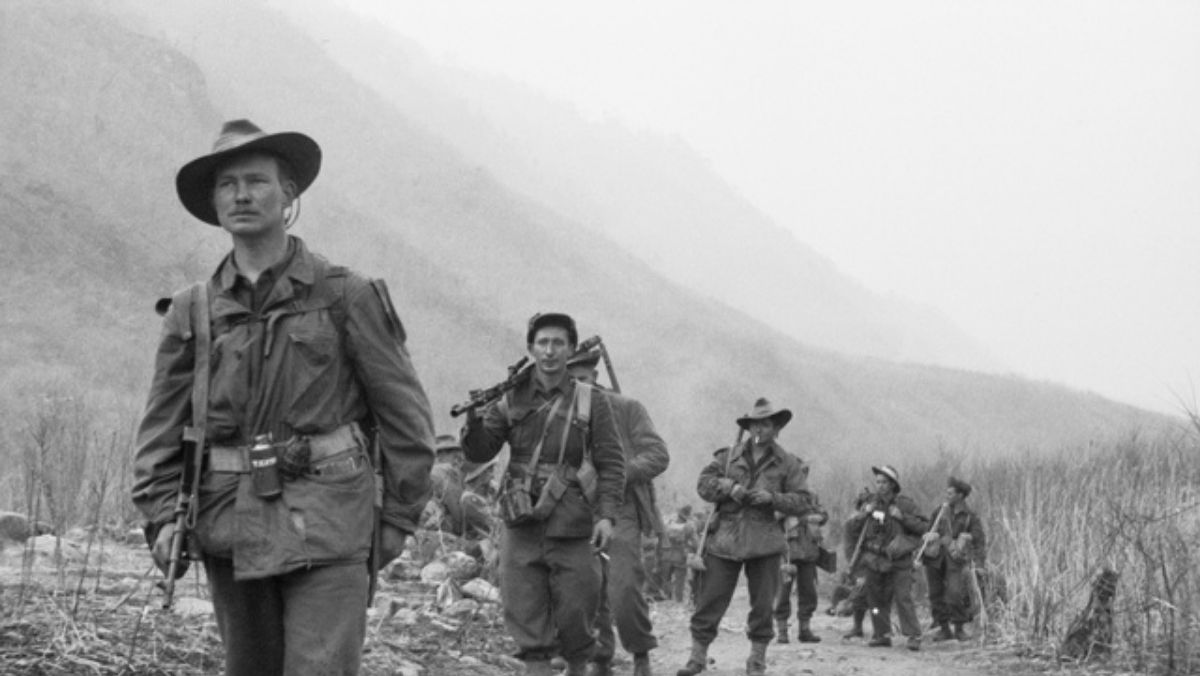
Quantity Becomes a Quality All of Its Own
In the history of warfare, there have been mismatched conflicts where skilled forces have been gravely outnumbered By Caitlan Hester What leads to success or failure when quality grapples with quantity? Does victory boil down to ingenuity or is it a sheer numbers game? In this post, we’ll examine three times the underdog was underestimated; […]
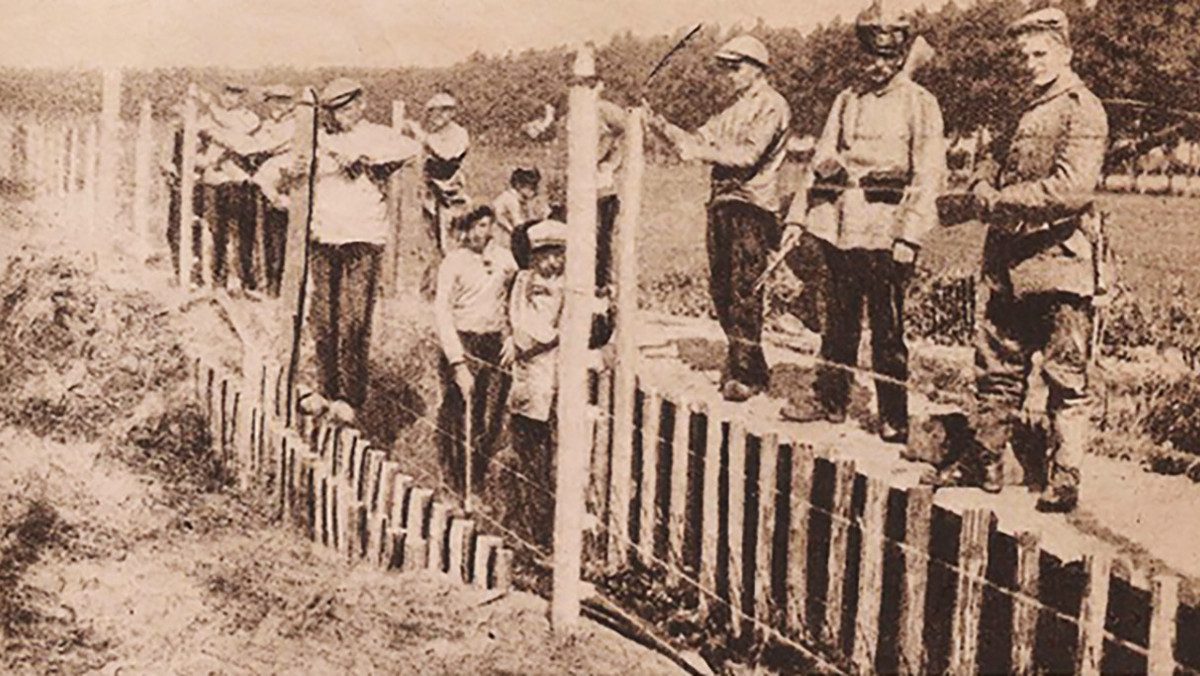
Neutrality At All Costs: The Netherlands in WW1
By Fergus O’Sullivan World War 1 was a conflict that engulfed entire continents and swallowed up whole generations of men. It is the cause of trauma that has stayed with entire nations, even now, more than a century since it ended. However, for some countries the Great War is no more than a footnote in […]

